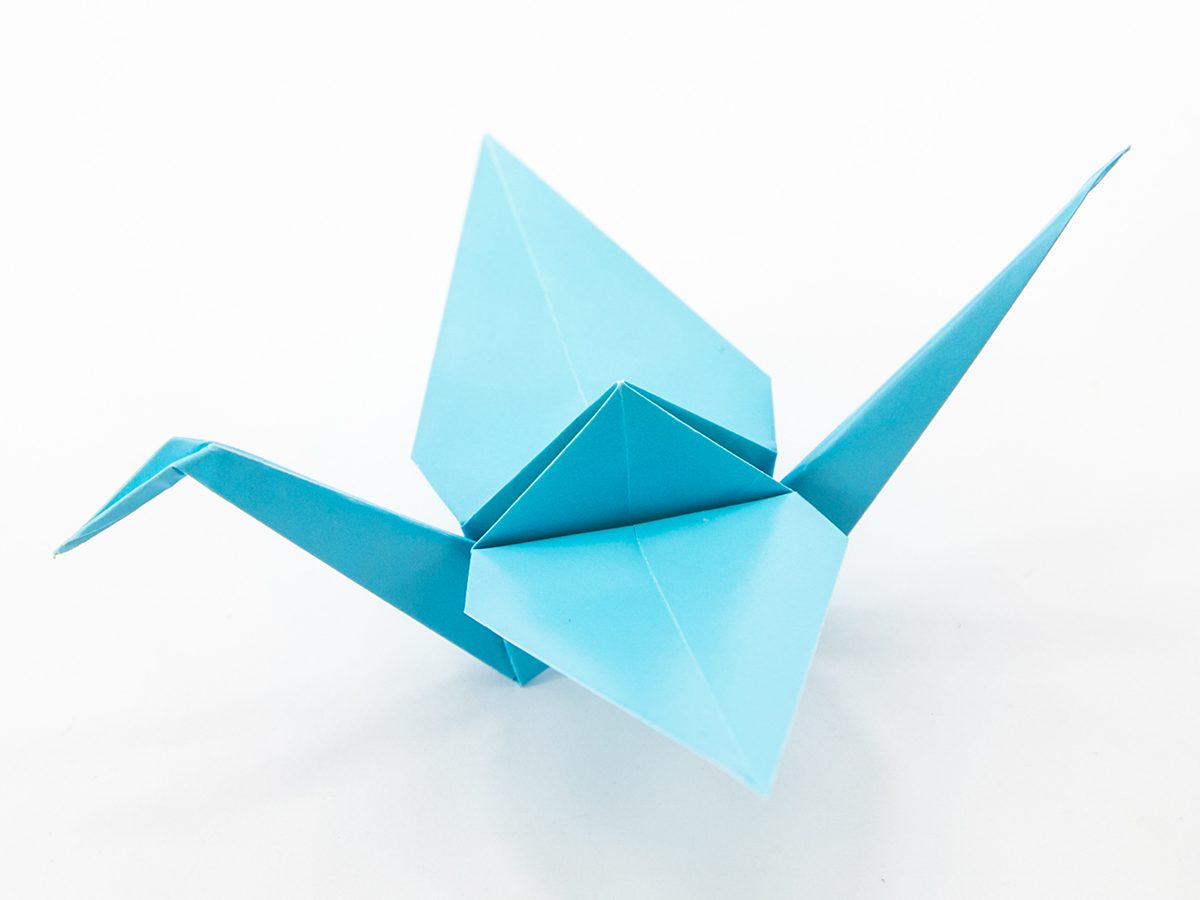Origami is a great way to show high school students the fun and practical aspects of geometry. It can also be used as a fun way to teach geometry. High school students typically learn geometry in their freshman or sophomore year.
The ancient art of origami, or paper folding, is still popular all over the world today. Folding paper into shapes is largely based on geometry. Origami can be very simple or very complicated depending on the folder’s skill, patience and experience. Exciting designs, like swans and frogs, made in origami are possible because of mathematical rules that govern the way that paper folding works.
Origami can even be used to help solve mathematical equations. While quadratic equations can be solved using lines on an x and y axis, cubic equations can be solved using origami models to find the length, slope, and angles in an equation.
Origami and Geometrical Theorems
To understand the math in origami, we need to look at the patterns of the creases, the intersections of each line, the angles formed, and the type of crease. When you fold a piece of paper in half, if the crease of the paper is pointing up, it is called a mountain crease. If it is pointing down, it is called a valley crease.
The crease patterns of origami models that can be folded to lie flat share a single property, and this is known as Maekawa’s Theorem. This theorem states that at every point where creases intersect, the difference between the number of mountain creases and valley creases is always two. Another theorem states that an each vertex, the sum of every odd angle adds up to 180 degrees, and the sum of every even angle also adds up to 180 degrees. Paper folders correctly fold a square into thirds, fifths, sevenths, and ninths using the geometric theorems of origami.
Origami artists use other mathematical methods to create more shapes from a square, such as equilateral triangles, pentagons, hexagons, and special rectangles like the golden rectangle and the silver rectangle. Equations can also be used to double the cube and to trisect an angle.
If your student is struggling with geometry, encourage them to try origami. It may help spark their interest! Mathnasium of Littleton will give your student the tools to succeed inside and outside of the math classroom using our proprietary Mathnasium Method. At Mathnasium of Littleton we make math make sense and make it fun!
Give us a call or text us today. 303-979-9077



 (303) 979-9077
(303) 979-9077







